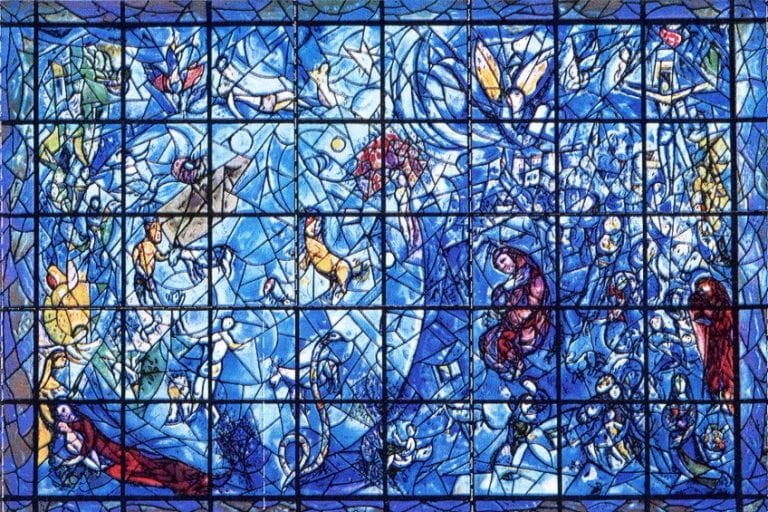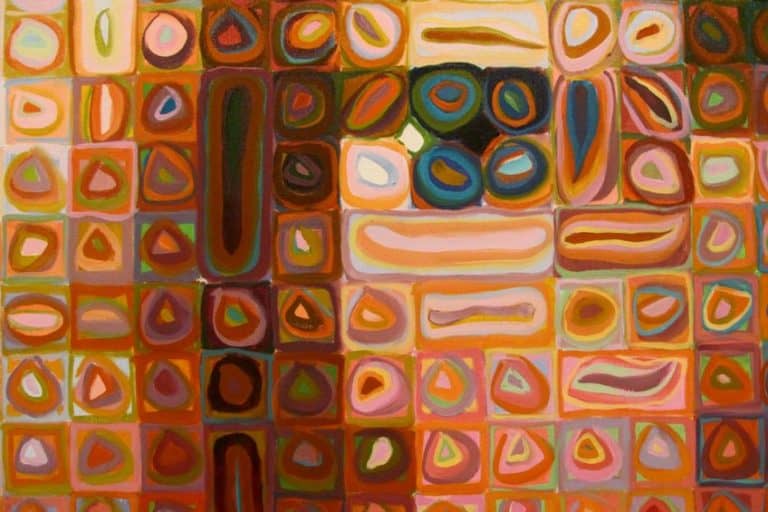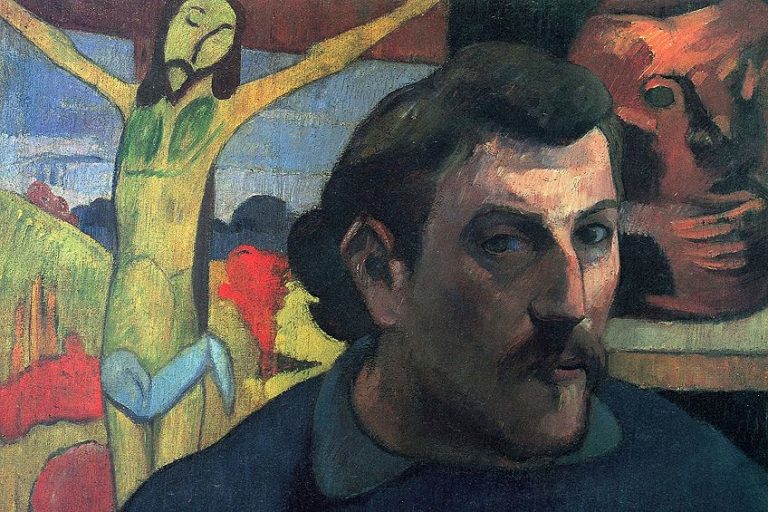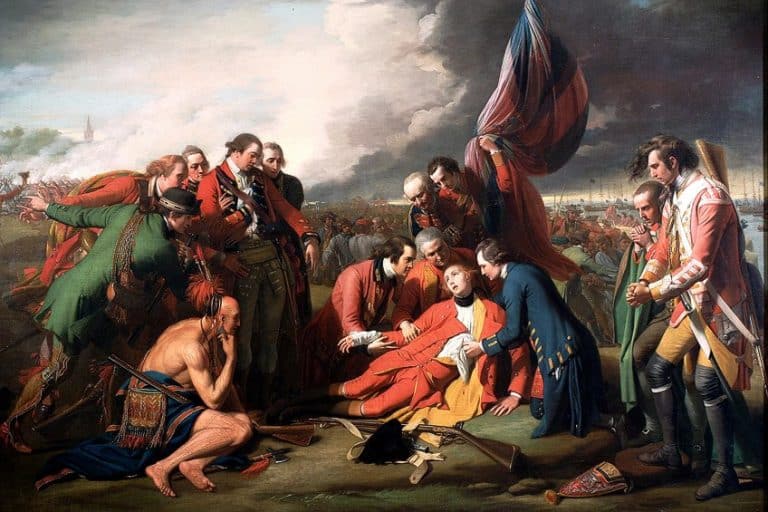Chilean Artists – A Case Study for the Colonial and Traditional
Chile has a rich artistic heritage that encompasses a diverse range of styles and influences. From Surrealism to Abstract Expressionism, Chilean artists have made significant contributions to the global art scene. This article explores some of the top Chilean artists whose works have captivated audiences with their creativity, cultural insights, and innovative techniques. Discover the stories behind the masterpieces of these talented individuals and gain a deeper appreciation for the vibrant artistic landscape of Chile.
Table of Contents
- 1 The Development of Art in Chile
- 2 Top 10 Chilean Artists to Know
- 2.1 Pedro Lira (1845 – 1912)
- 2.2 Juan Francisco González (1868 – 1937)
- 2.3 Roberto Matta (1911 – 2002)
- 2.4 Nemesio Antúnez (1918 – 1993)
- 2.5 Gracia Barrios (1927 – 2020)
- 2.6 Claudio Bravo (1936 – 2011)
- 2.7 Guillermo Núñez (1938 – 2013)
- 2.8 Francisco Zañartu (1944 – 2014)
- 2.9 Cecilia Vicuña (Born 1948)
- 2.10 Alfredo Jaar (Born 1956)
- 3 Frequently Asked Questions
The Development of Art in Chile
Art in Chile has evolved dynamically, influenced by a rich tapestry of historical, cultural, and political factors. During the colonial period, art primarily served religious and colonial interests, with European styles dominating the scene. However, in the 19th century, a burgeoning sense of national identity sparked a renaissance in Chilean art, characterized by the emergence of notable painters like Pedro Lira and Juan Francisco González. This period marked a shift towards depicting local landscapes, traditions, and social issues, laying the foundation for a distinct Chilean artistic voice.

The 20th century witnessed further diversification and experimentation in Chilean art, with artists like Roberto Matta gaining international acclaim for their surrealistic visions. The interplay of indigenous art forms, modernist movements, and political upheavals, such as the influence of the Allende era and the subsequent Pinochet regime, contributed to a dynamic and multifaceted art scene.
Today, Chilean artists continue to explore diverse themes and mediums, embracing innovation while honoring their cultural heritage, making Chile a vibrant hub for artistic expression in Latin America and beyond.
Top 10 Chilean Artists to Know
Explore the top 10 Chilean artists whose distinct styles and thematic explorations have shaped the country’s art scene and resonated globally. From Pedro Lira’s realism to Roberto Matta’s surrealism, delve into their diverse artistic journeys, innovative techniques, and profound insights reflecting Chilean culture and history. Discover how these artists evoke powerful emotions and contribute to the vibrant tapestry of Chilean artistry.

Pedro Lira (1845 – 1912)
| Birth | 1845 |
| Death | 1912 |
| Place of Birth | Santiago, Chile |
| Genre of Work | Painting and drawing |
Pedro Lira was a pivotal figure in Chilean art, known for his contributions to realism and romanticism. His career began with formal training in Europe, where he absorbed the techniques of the European masters. Upon returning to Chile, Lira became a prominent figure in the country’s art scene, advocating for realism and depicting Chilean landscapes and society with a keen eye for detail and emotion. Notable works by Lira include La Morgue, a haunting portrayal of a morgue scene that reflects his interest in social issues and human suffering.
Lira’s legacy includes his role in founding the Chilean National Museum of Fine Arts and his influence on subsequent generations of Chilean artists.

Juan Francisco González (1868 – 1937)
| Birth | 1868 |
| Death | 1937 |
| Place of Birth | Havana, Cuba |
| Genre of Work | Painting and sculpture |
Juan Francisco González was a significant figure in Chilean art, known for his naturalistic and symbolic paintings that captured the essence of Chilean life. His career began with studies in Santiago and later took him to Paris, where he was exposed to impressionism and symbolism, influencing his artistic style. González’s works often depicted rural scenes, indigenous themes, and everyday life in Chile, reflecting his deep connection to his homeland. Notable works by González include La Siesta, a serene depiction of rural life, and El Alba, which symbolizes hope and renewal.
His legacy includes contributing to the development of Chilean art and inspiring future generations of artists.

Roberto Matta (1911 – 2002)
| Birth | 1911 |
| Death | 2002 |
| Place of Birth | Santiago, Chile |
| Genre of Work | Surrealism and Abstract art |
Roberto Matta was a Chilean surrealist painter known for his dream-like imagery and exploration of the subconscious mind. His career began in architecture before transitioning to painting, and he eventually joined the Surrealist movement in Paris, where he collaborated with artists like Salvador Dalí and André Breton. Matta’s artworks often featured distorted figures, intricate landscapes, and cosmic themes, reflecting his interest in psychology, mysticism, and the human condition. Notable works by Matta include The Earth Is a Man, a surrealistic masterpiece that combines organic forms with symbolic elements.
His influence extended beyond painting, as he also worked in sculpture and conceptual art, leaving a lasting impact on the global art scene.

Nemesio Antúnez (1918 – 1993)
| Birth | 1918 |
| Death | 1993 |
| Place of Birth | Santiago, Chile |
| Genre of Work | Surrealism and Figurative art |
Nemesio Antúnez was a versatile Chilean artist known for his contributions to muralism, printmaking, and painting. His career began with studies at the School of Fine Arts in Santiago, where he later became a professor and director. Antúnez’s artworks often depicted themes of social justice, human rights, and Chilean culture, reflecting his commitment to using art as a tool for societal change. Notable works by Antúnez include his murals at the University of Concepción, which celebrate Chilean history and heritage. He was also involved in printmaking, creating graphic works that showcased his technical skill and creative vision.
Antúnez’s legacy includes his influence on Chilean muralism and his role in shaping the country’s artistic discourse.

Gracia Barrios (1927 – 2020)
| Birth | 1927 |
| Death | 2020 |
| Place of Birth | Santiago, Chile |
| Genre of Work | Expressionism and Abstract art |
Gracia Barrios was a celebrated Chilean artist known for her expressive and colorful paintings that captured the essence of Chilean life and culture. Her career began with studies at the University of Chile’s School of Fine Arts, where she developed her unique style influenced by cubism and surrealism. Barrios’s artworks often explored themes of social justice, feminism, and the human experience, reflecting her engagement with political and social issues in Chile. Notable works by Barrios include Memoria de un Pueblo, a series of paintings depicting the collective memory of Chilean society.
She was also known for her involvement in the cultural scene, contributing to exhibitions and initiatives that promoted art as a vehicle for social change.

Claudio Bravo (1936 – 2011)
| Birth | 1936 |
| Death | 2011 |
| Place of Birth | Valparaíso, Chile |
| Genre of Work | Hyperrealism |
Claudio Bravo was a Chilean hyperrealist painter known for his meticulous attention to detail and stunning portrayals of still life, portraits, and landscapes. His career began with studies in Santiago before he gained recognition for his hyperrealistic style in the 1960s. Bravo’s artworks often featured everyday objects rendered with astonishing realism, capturing light, texture, and form in a way that blurred the line between reality and illusion. Notable works by Bravo include his series of hyperrealistic portraits and his captivating depictions of fabrics and draperies.
He gained international acclaim for his technical mastery and became one of the leading figures in hyperrealism during his lifetime.

Guillermo Núñez (1938 – 2013)
| Birth | 1938 |
| Death | 2013 |
| Place of Birth | Santiago, Chile |
| Genre of Work | Abstract art |
Guillermo Núñez was a prominent Chilean artist known for his contributions to abstract art, geometric compositions, and minimalist aesthetics. His career began with studies at the School of Fine Arts in Santiago, where he developed his signature style characterized by clean lines, geometric shapes, and a sense of balance and harmony. Núñez’s artworks often explored themes of space, color relationships, and the interaction between form and structure. Notable works by Núñez include his series of geometric abstractions and his exploration of color theory through minimalistic compositions.
He was recognized for his technical precision and conceptual depth, contributing to the evolution of abstract art in Chile.

Francisco Zañartu (1944 – 2014)
| Birth | 1944 |
| Death | 2014 |
| Place of Birth | Santiago, Chile |
| Genre of Work | Contemporary art |
Francisco Zañartu was a contemporary Chilean artist known for his innovative use of materials and exploration of themes related to identity, globalization, and cultural exchange. His career began with studies in Santiago, followed by international experiences that influenced his artistic vision. Zañartu’s artworks often combined traditional techniques with modern materials, creating hybrid forms that reflected the complexities of contemporary society. Notable works by Zañartu include his installations, sculptures, and mixed-media pieces that provoke thought and dialogue about cultural diversity and interconnectedness.
He was known for pushing boundaries and challenging conventional artistic norms, making him a notable figure in Chilean contemporary art.
Cecilia Vicuña (Born 1948)
| Birth | 1948 |
| Death | Present |
| Place of Birth | Santiago, Chile |
| Genre of Work | Contemporary art |
Cecilia Vicuña is a Chilean multidisciplinary artist known for her work in poetry, visual arts, performance, and activism. Her career began with studies in Santiago and later took her to New York, where she became involved in the avant-garde art scene of the 1960s and 1970s. Vicuña’s artworks often explore themes of indigenous culture, environmentalism, and social justice, using a variety of mediums to express her ideas and beliefs. Notable works by Vicuña include her “quipus,” a series of installations and sculptures inspired by ancient Andean knotting techniques, and her poetry performances that blend language, sound, and movement.
She is recognized for her innovative approach to art and her commitment to advocating for marginalized communities and ecological awareness.
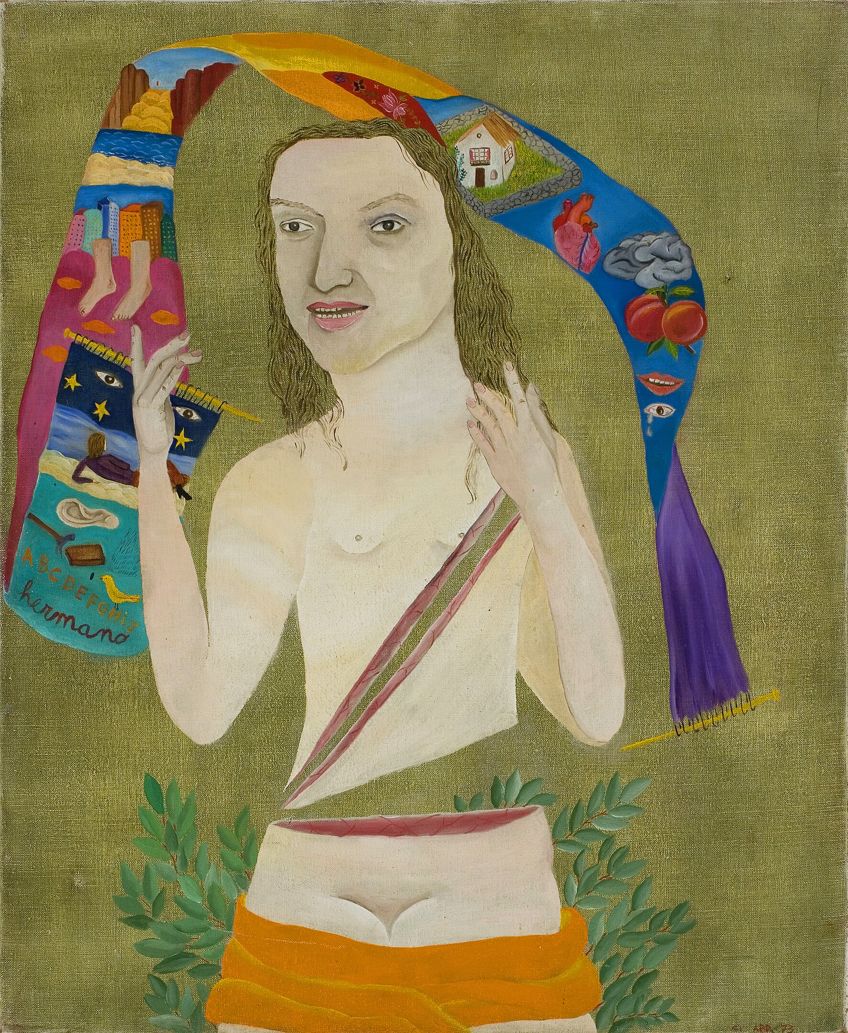
Alfredo Jaar (Born 1956)
| Birth | 1956 |
| Death | Present |
| Place of Birth | Santiago, Chile |
| Genre of Work | Contemporary art |
Alfredo Jaar is a Chilean artist, architect, and filmmaker known for his conceptual artworks that address social, political, and humanitarian issues. His career began with studies in architecture before he shifted his focus to art, gaining recognition for his thought-provoking installations, interventions, and public art projects. Jaar’s artworks often confront viewers with uncomfortable truths, challenging perceptions and raising awareness about global injustices and human rights violations. Notable works by Jaar include The Rwanda Project, an immersive installation that memorializes the Rwandan genocide, and The Garden of Good and Evil, which explores the complexities of power and corruption.
He is known for his use of multimedia and his ability to engage audiences in critical dialogues about pressing societal issues.

The top Chilean artists featured in this article showcase the country’s artistic prowess and cultural richness. From the surreal landscapes of Roberto Matta to the abstract compositions of Claudio Bravo, each artist has left an indelible mark on the art world. Through their unique perspectives and innovative approaches, these artists have not only reflected Chilean identity but also contributed significantly to the global dialogue on art and creativity. Their legacy continues to inspire and resonate with art enthusiasts worldwide, solidifying Chile’s position as a hub of artistic excellence.
Frequently Asked Questions
What Are Some Common Themes Found in the Artworks of Chilean Artists?
Common themes in the artworks of Chilean artists include reflections on Chilean landscapes, indigenous culture, social justice, political upheavals, identity, globalization, and environmental issues. These themes often serve as inspirations for artists to explore and express their perspectives through various artistic mediums.
How Did Chilean Artists Contribute to the Global Art Scene?
Chilean artists have made significant contributions to the global art scene through their unique styles, innovative techniques, and thought-provoking concepts. Their artworks have been exhibited internationally, gaining recognition and influencing artistic discourse on a global scale.
What Impact Do These Chilean Artists Have on the Cultural Heritage of Chile?
These Chilean artists have had a profound impact on the cultural heritage of Chile by contributing to the development of distinct artistic movements, preserving and promoting Chilean history and traditions through their artworks, and inspiring future generations of artists to explore their own cultural identities and artistic visions.
Isabella studied at the University of Cape Town in South Africa and graduated with a Bachelor of Arts majoring in English Literature & Language and Psychology. Throughout her undergraduate years, she took Art History as an additional subject and absolutely loved it. Building on from her art history knowledge that began in high school, art has always been a particular area of fascination for her. From learning about artworks previously unknown to her, or sharpening her existing understanding of specific works, the ability to continue learning within this interesting sphere excites her greatly.
Her focal points of interest in art history encompass profiling specific artists and art movements, as it is these areas where she is able to really dig deep into the rich narrative of the art world. Additionally, she particularly enjoys exploring the different artistic styles of the 20th century, as well as the important impact that female artists have had on the development of art history.
Learn more about Isabella Meyer and the Art in Context Team.
Cite this Article
Isabella, Meyer, “Chilean Artists – A Case Study for the Colonial and Traditional.” Art in Context. April 3, 2024. URL: https://artincontext.org/chilean-artists/
Meyer, I. (2024, 3 April). Chilean Artists – A Case Study for the Colonial and Traditional. Art in Context. https://artincontext.org/chilean-artists/
Meyer, Isabella. “Chilean Artists – A Case Study for the Colonial and Traditional.” Art in Context, April 3, 2024. https://artincontext.org/chilean-artists/.




